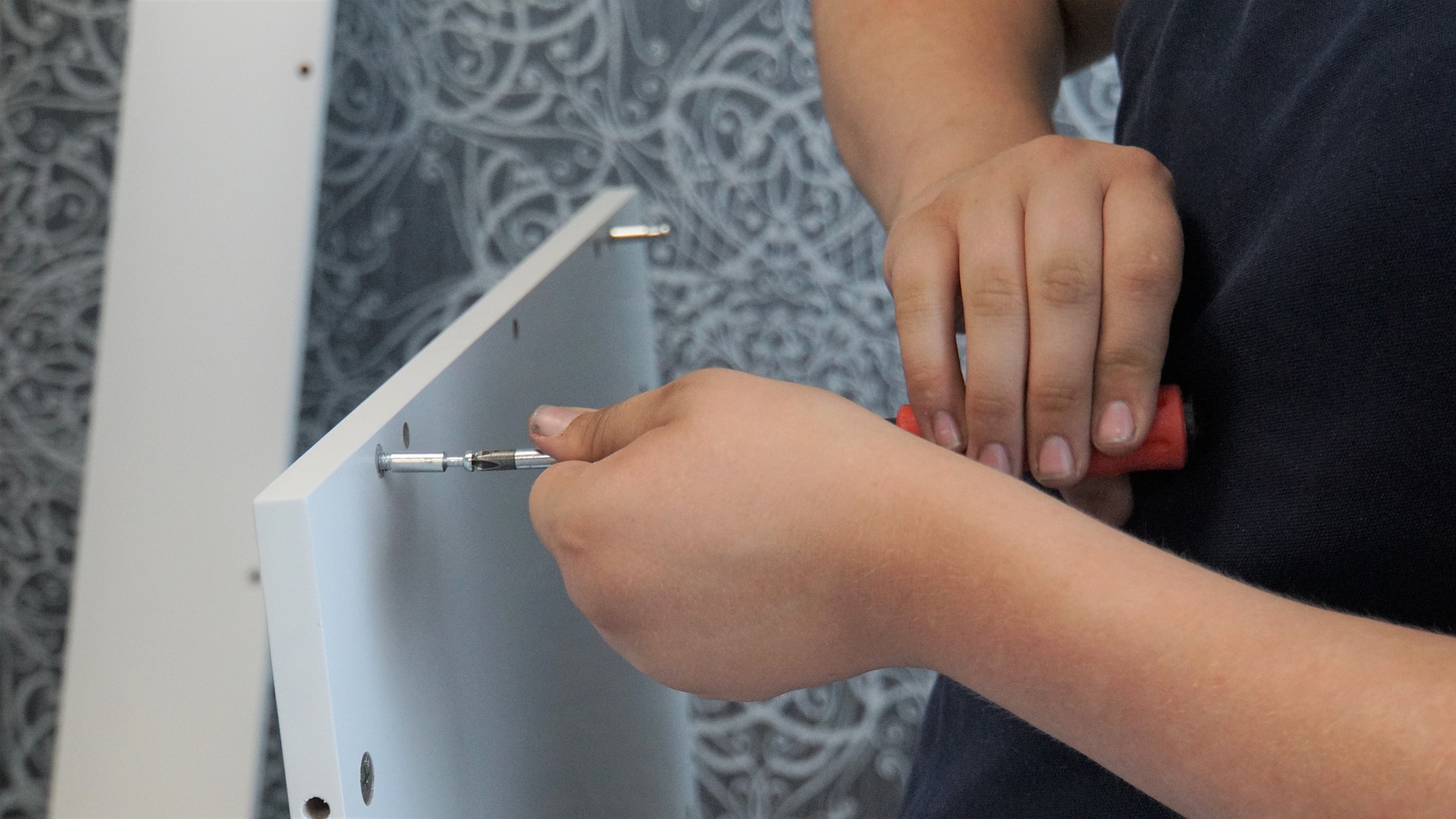Solid wood or flat-pack furniture?

When it comes to choosing new furniture, there’s a big decision to be made at the outset. Are you looking for the durability and simplicity of solid wood, or the affordability and versatility of flat-pack items? Both options have pros and cons and it’s important to consider these competing merits and drawbacks before choosing a piece of furniture that might stand in your home for many years…
Simplicity
Flat-pack items tend to come with pictorial assembly instructions and numerous small pieces. If you’re not blessed with an engineer’s inquisitive mindset, that plastic bag of screws and dowels can be a depressing sight. Conversely, solid wooden furniture arrives fully assembled and ready to use, though a solo delivery driver may need help bringing it to your door.
Winner: Solid wood
Durability
Solid wooden furnishings are assembled by professionals, using techniques like tongue-and-groove which are hard to replicate on an item supplied in pieces. Even a meticulously assembled flat pack furnishing is likely to be less sturdy and long-lasting than one constructed from timber. Dismantling (or a house move) can also shorten flat-pack life spans.
Winner: Solid wood
Affordability
Because solid wooden goods need to be assembled by the manufacturer and shipped at full size, they are expensive to buy and transport. Flat-pack items may be sold in numerous countries, with economy-of-scale manufacturing processes driving down unit costs. That makes them far cheaper, notwithstanding the time investment needed to assemble them.
Winner: Flat pack
Diversity
Even if you visit a well-known retailer of solid wooden furniture, there will be a limited variety of options in terms of size and colour. Conversely, the modular nature of many flat-pack items means they can be scaled up and down in various ways. Finding flat-pack furnishings to fit a specific space like an alcove or narrow hallway is usually far easier.
Winner: Flat pack
Environmentalism
It’s hard to argue with timber as a natural material and most manufacturers of solid wooden furnishings will have sustainability policies. Although flat-pack items often use recycled chipboard, they may also contain plastic or laminated components and potentially toxic chemicals. They may not be suitable for recycling, whereas wood can always be repurposed.
Winner: Solid wood
Longevity
A solid wooden drawer unit could probably withstand an adult’s weight, whereas a chipboard unit probably couldn’t. A well-maintained oak sideboard or bed-frame might last for decades, and it’s easy to repaint or repurpose timber items. Flat-pack goods can rarely be up-cycled or repaired, usually ending up on the pavement for council collection after a few years of use.
Winner: Solid wood
Conclusion
There may be circumstances where only a flat-pack product will fit an available space, or situations where wooden furniture is able to offer necessary strength or robustness. Some people enjoy solving the jigsaw puzzle of flat-pack components, while others find self-assembly laborious and frustrating. The optimal solution depends partly on individual preference and partly on the brief new furniture has to meet, but solid wooden items generally last for longer and have a smaller environmental footprint than their flat-pack rivals.
With so many choices available, sometimes, it’s just so hard to see the wood for the trees!
Back to Latest Posts




